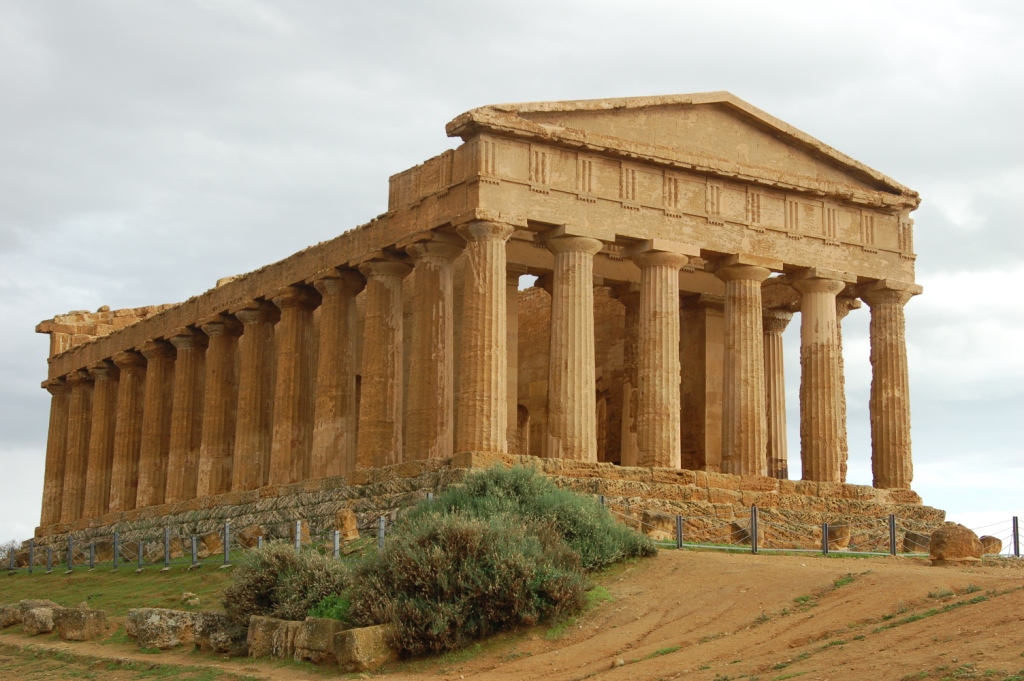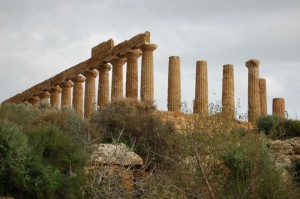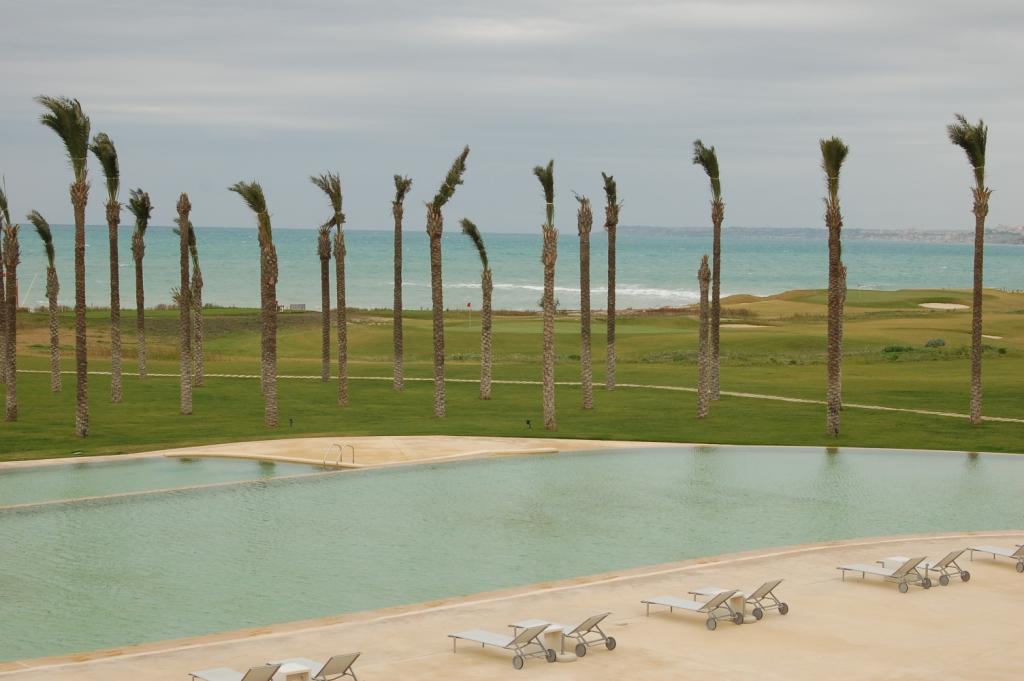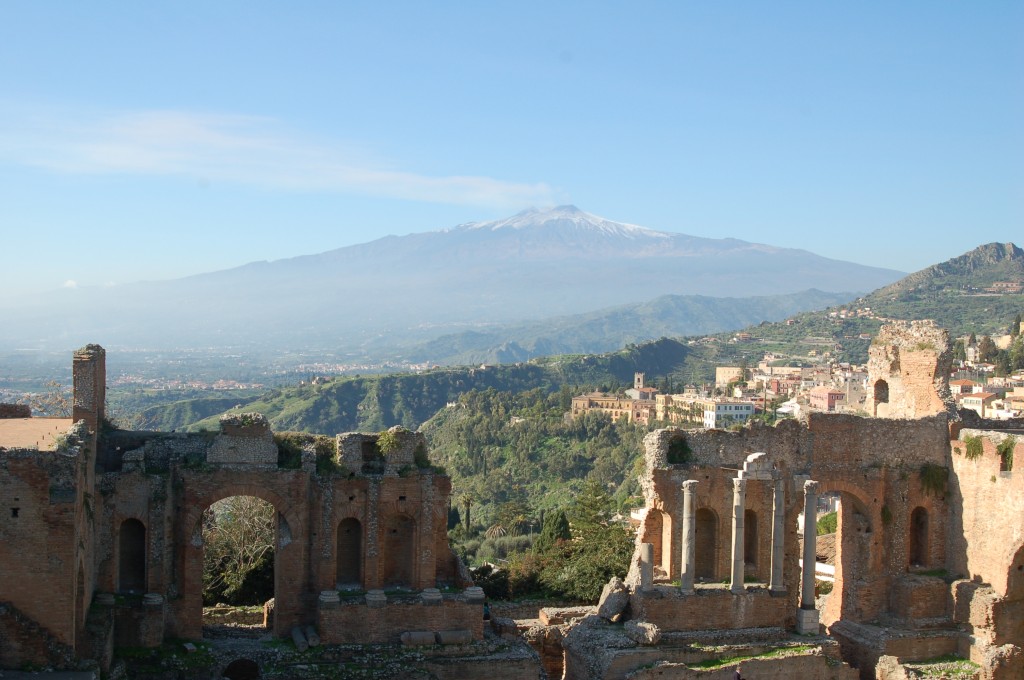When most of us think Italy + Empire we think “Roman,” but Sicily is a lot different from the rest of the country. The largest island in the Mediterranean, Sicily has been influenced by the Moors and Africa, the Romans, but most of all by the Greek Empire. By many accounts the Greek ruins and temples of Sicily, found around virtually every corner, are superior to those in Greece itself. In short, Sicily is Italy plus Greece combined into one trip, and now, thanks to the new Verdura resort, it is Italy + Greece + Golf.
Verdura Golf and Spa Resort is an ambitious project from hotelier extraordinaire Rocco Forte, and the first time he has built from the ground up rather than restoring a historic property. It sits on the southwest coast of Sicily, very convenient to the Valley of the Temples, the foremost of the island’s many archaeological must-sees, and has a lavish spa, tennis center, and a mile of private beach.
But having just returned from Verdura, I can safely say the highlight, by far, is the golf. In keeping with the grand scale of the place, Verdura opened with two big time golf courses plus a very pleasant 9-hole par-3 course, immediately making it the largest golf resort in Italy, and one of the largest and most prestigious in all of continental Europe. All 45-holes were designed by American architect Kyle Phillips, best known for his superlative and jaw dropping Kingsbarns, outside St. Andrews. Kingsbarns was the best course built in Scotland in the last 20 years, and when it debuted in 2000, it single handedly proved that new courses could stand alongside the classics, and jump started the trend that has since brought us Machrihanish Dunes, Castle Stuart and many others.
One of the distinctive things about Kingsbarns is that it plays right down to the level of the sea (on seventeen) whereas most coastal courses sit either on bluffs overlooking the sea, or one the inland side of the beach. Like Kingsbarns or Teeth of the Dog at Casa de Campo, the courses at Verdura do not mess around and go right to the water’s edge – from some fairways you could walk through the rough and wade into the surf. The 18th returning to the clubhouse is a Sicilian version of the eighteenth at Pebble Beach – if it were dropped down a hundred plus feet to water level.
I say the highlight is the golf in both a good and bad way. The golf is the real deal, worth traveling to play. The rest of the resort is not quite ready for prime time. It has been open long enough and run by experienced enough hoteliers to have invested in things like signs and a decent entry road so you could find the place, and once you did, find reception and actually navigate the resort. Pretty but nonsensical lamp-like lights run along the very edge of the narrow entry road and the first day we were there, my wife said “I’m surprised those don’t get smashed all the time.” The next day, one was newly destroyed, and I imagine they get broken daily if not weekly. Like most of the faults I found at Verdura, this could be fixed with a little common sense. I visited in the off season, but the resort was busy and nearly full, yet they had only one of the many restaurants open for dinner, and considering there is not a lot nearby, many guests do not drive, and most people are there for several days, the menu, which was not exactly lengthy to begin with, got really old really fast. Admirably the kitchen specializes in local and organic food with great ingredients, yet the finished product just wasn’t that good.
Minor complaints aside, the rooms were great, the spa is breathtaking, and all guests can enjoy an array of four sequential outdoor thalassotherapy pools, the perfect antidote to a 36-hole day with a variety of jets, waterfall showers and minerals. The resort is also located in a beautiful part of the island, with a great beach, beautiful turquoise seas, and a veritable garden of Eden in every direction, from orange orchards to stands of heavily producing olive trees.
So how about that golf?
Stay tuned…




